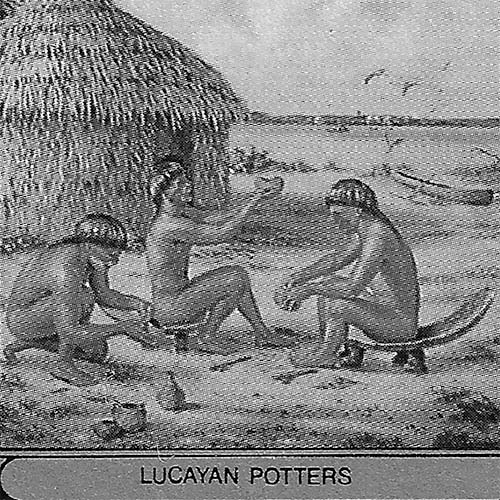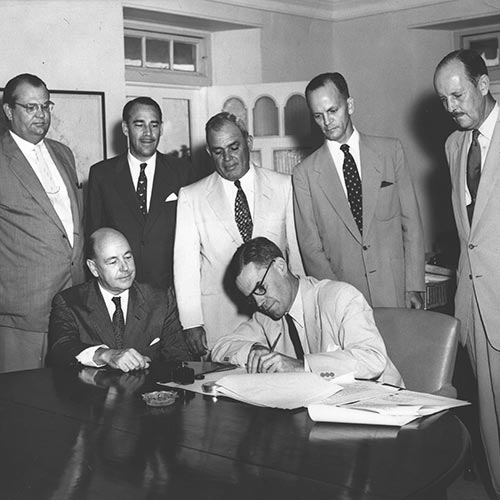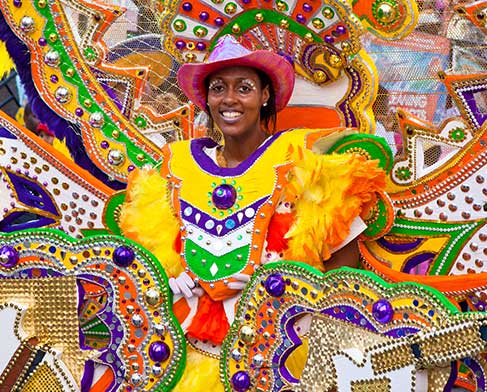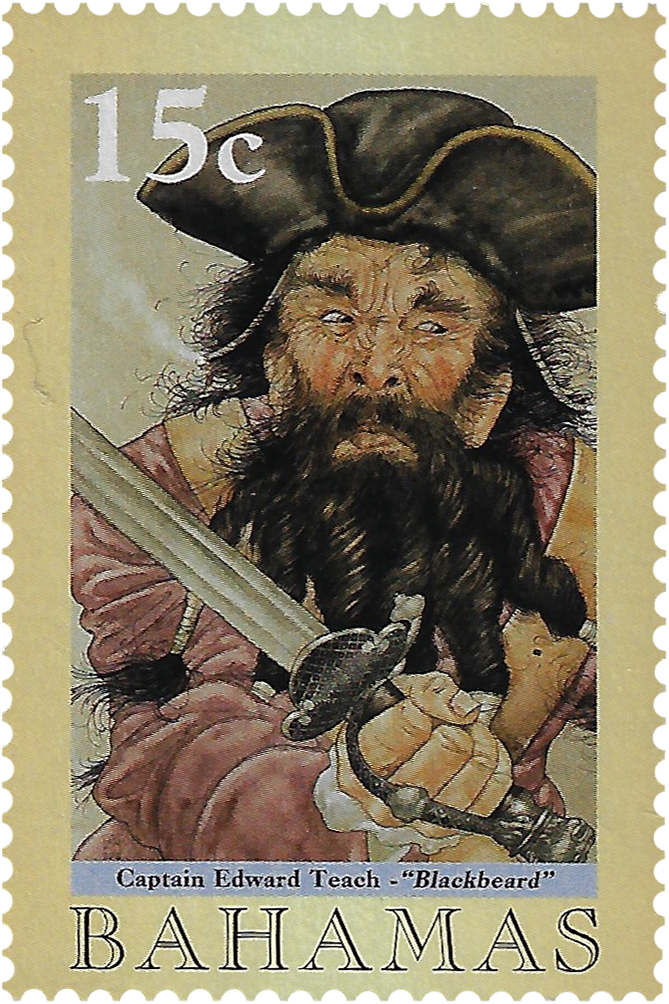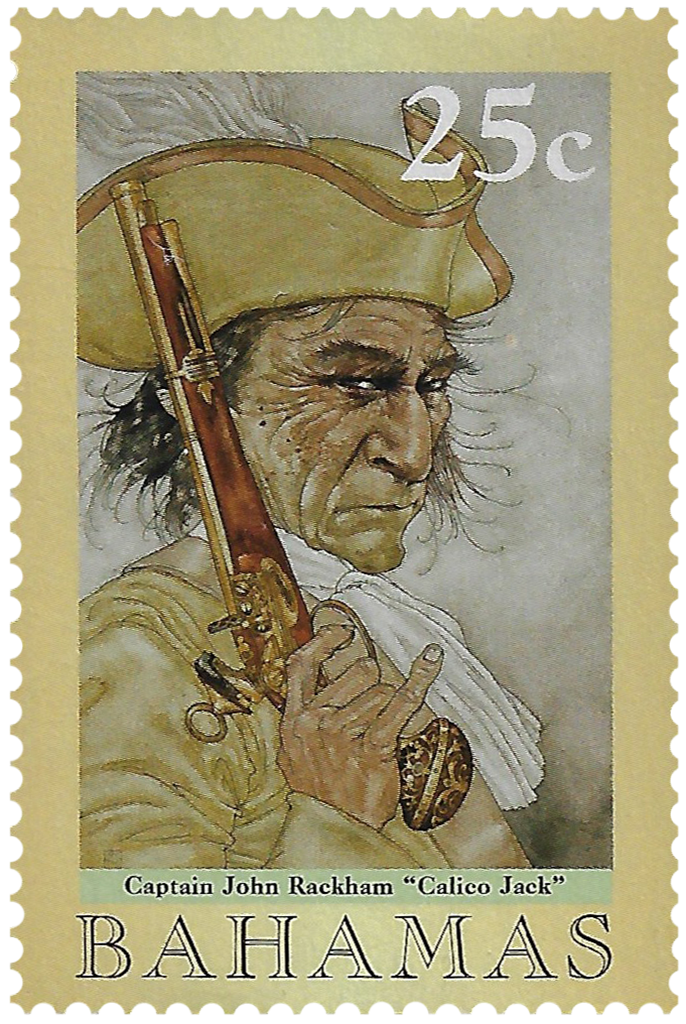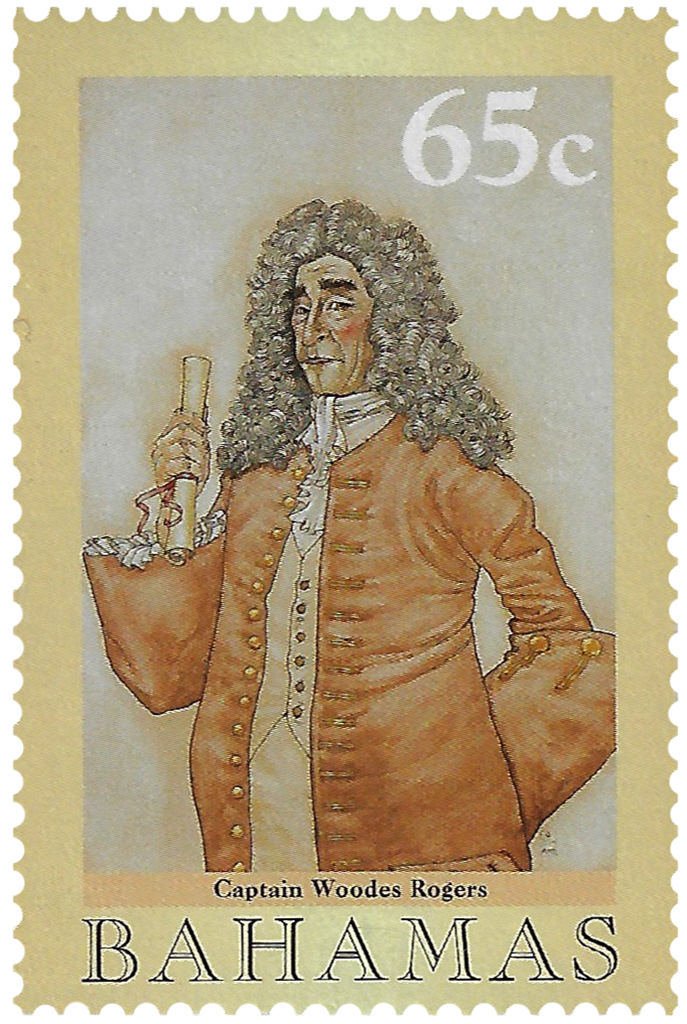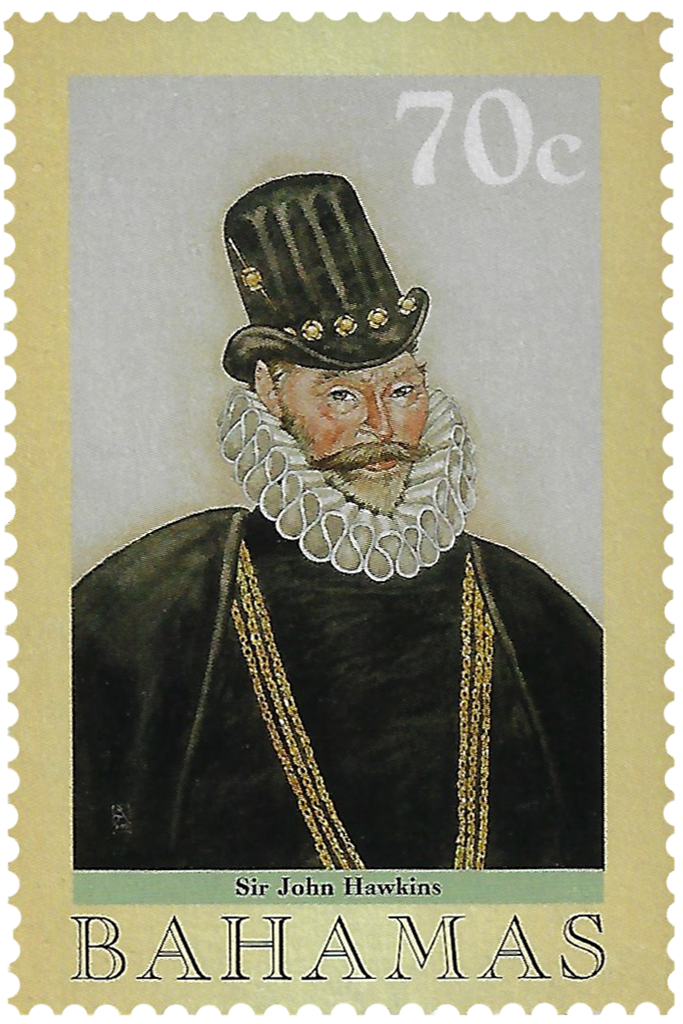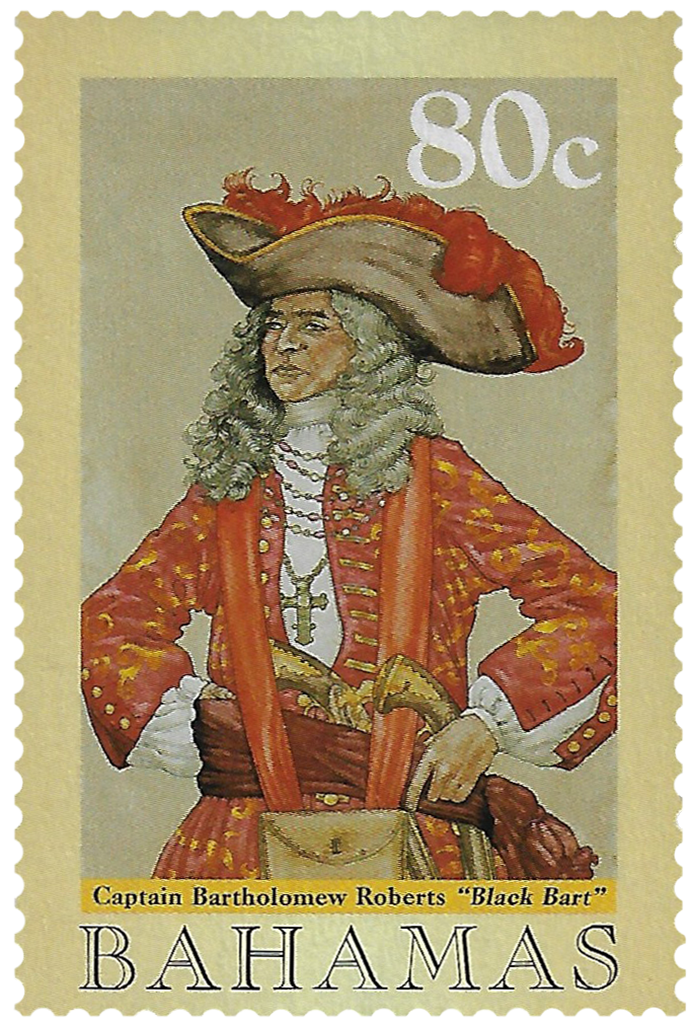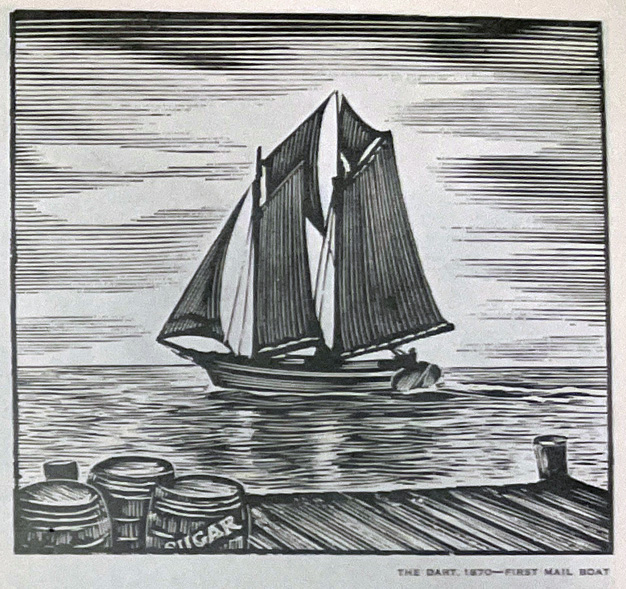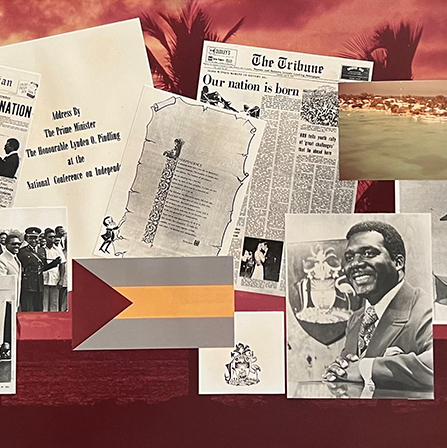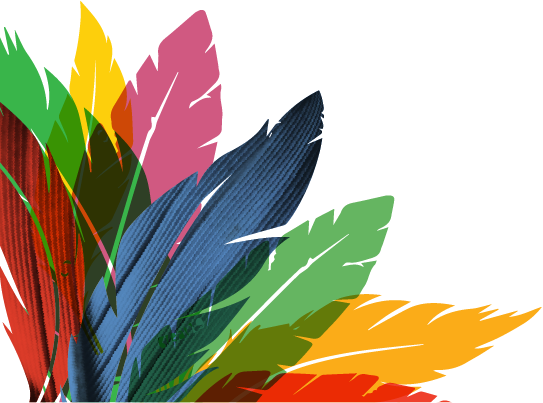Maritime & Aviation
Treasure!
An astonishing amount of sunken treasure has been found in the Bahamas. Seven hundred islands, clear blue waters, and the constant four knot current of the Gulf Stream carried ships northward through the Islands where the westerly winds began for transit to Europe. Ships turned eastward at Great Isaac Rock, north of Bimini, sailing directly into the deep waters of the Atlantic. Storms and navigational miscalculations caused wrecks in the shoals and shallows of the Bahama Banks.
Throughout the 1600s and 1700s, the Bahamas drew infamous characters like Henry Morgan, Captain Kidd, Anne Bonney, William Catt and Blackbeard who preyed and plundered the treasure laden ships.
Shipwrecks around the Bahamas buried beneath the sand and reefs have made the Bahamas famous as the “Wreck Capital of the Caribbean.” Shipwreck search and salvage is called “wracking.”
The fleet of shipwrecks around the Bahamas buried beneath the sand and reefs have made the Bahamas famous as the “Wreck Capital of the Caribbean.” Shipwreck search and salvage is called "wracking"."
The "Devil's Triangle"
The northern Bahamas is at the apex of a large geographic triangle known today as the "Devil's Triangle" or "Bermuda Triangle." It has an infamous history from swallowing ships in mysterious disappearances and storms for hundreds of years to airplanes and other strange navigation and weather occurrences.
Underwater Archaeology
Sunken treasure is not only defined in gold and silver. It also includes weapons, cargoes, ballast and more found in sunken ships and seafaring lives from three centuries ago. Important objects of value also include guns of bronze and iron, navigating instruments, ships' tackle, buttons, coins, bottles, pipes or items of cargo carried for trade
Exploring Shipwrecks
Records show over 3,000 Bahamian shipwrecks over the years, from galleons to mail packets to World War II U-boats and cargo vessels.
Permission is not required for divers on ancient shipwrecks, but a permit to salvage a wreck must be in hand from the Bahamas Ministry of Transportation. Permits are granted for five-year periods and salvagers can keep 75% of their recoveries and the Bahamian government 25%.
From 1972 – 1999 71 permits for the search and recovery of shipwrecks were issued. In 1999, the government put a moratorium on the Search and Salvage of Historic Shipwrecks in The Bahamas.
Famous Finds:
-
The Nuestra Señora de las Maravillas, a ship in the homebound Spanish fleet, sank in January of 1656 on a reef on Little Bahama Bank off Grand Bahama Island. It was officially filled with over five million pesos of treasure (and probably much more in contraband). Most of the 650 people aboard died and a storm scattered the wreck. The treasure included silver salvaged from the Capitana, a 1654 wrecked off Ecuador.
Spanish salvagers and many others have recovered treasure, but over half of the official cargo still unfound. What has been found includes includes a 49.5-carat emerald, other jewels, gold and silver coins, harquebus muskets inlaid with gold wire, swords, a silver navigation instrument, cannonballs, a cannon, anchors, Spanish pottery and Chinese porcelain. According to records, the ship carried 30 to 40 tons of silver and a solid gold and a three-foot gold statue of the Madonna and Child.
Read a full Account of the History and Sinking of the Nuestra Señora de las Maravillas - Nuestra Senora de la Concepcion was a Spanish galleon that separated from its convoy and wrecked off Silver Shoals in 1641. Lost for many years, the wreck was finally found and salvaged in 1687, with more than 32 tons of silver, gold, coins, chests of pearls and gemstones. Pirates and bad weather put an end to salvage operations. Diver Burt Webber found the wreck in 1978 and found even more treasure, including 60,000 silver coins, gold chains and coins, Ming Dynasty porcelain and more.
- The "Lucayan Beach wreck," is the name given to the accidental discovery in 1964 of around 10,000 silver coins from the 1600s that were found in just 10 feet of water 1,300 yards from the Lucayan Beach Hotel, a holiday resort on Grand Bahama Island. The mystery of identifying where the treasure came from has never been solved. It is possibly from a Spanish ship which ran aground after it had been captured by the Dutch pirate, Piet Heyn.
Sources include: Encyclopedia of Western Atlantic Shipwrecks and Sunken Treasure By Victoria Sandz, Robert F. Marx
Finding & Diving for Sunken Shipwrecks in the Bahamas
The Fascinating History of the Maravillas Wreck & Salvage
